Fiberglass is a form of fiber-reinforced plastic where glass fiber is the reinforced plastic. This is the reason perhaps why fiberglass is also known as glass reinforced plastic or glass fiber reinforced plastic.
Cheaper and more flexible than carbon fiber, it is stronger than many metals by weight, non-magnetic, non-conductive, transparent to electromagnetic radiation, can be molded into complex shapes, and is chemically inert under many circumstances. Let us find out more about it.
What is Fiberglass
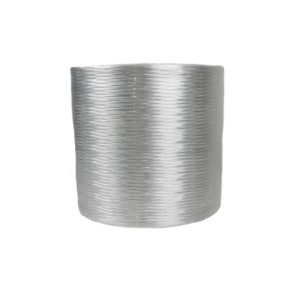
Fiberglass is an inorganic non-metallic material with excellent performance. There are many kinds. The advantages are good insulation, strong heat resistance, good corrosion resistance and high mechanical strength.
Fiberglass is made of pyrophyllite, quartz sand, limestone, dolomite, borosite and borosite as raw materials through high temperature melting, wire drawing, winding, weaving and other processes.
The diameter of its monofilament is a few from 1 to 20 microns, which is equivalent to 1/20-1/5 of a hair, each bundle of fiber strands is composed of hundreds or even thousands of monofilaments.
Fiberglass is widely used in the construction industry, automobile industry, aircraft and shipbuilding fields, chemical and chemical industry, electrical and electronic, wind energy and other emerging environmental protection fields. The E-glass products are compatible with the various resins,such as EP/UP/VE/PA and so on.
Composition of Fiberglass
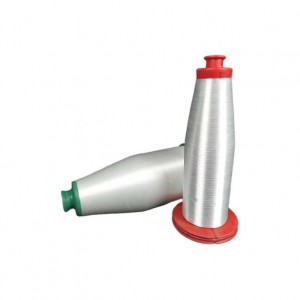
The main components of fiberglass are silica, alumina, calcium oxide, boron oxide, magnesium oxide, sodium oxide, etc. According to the alkali content in the glass, it can be divided into E glass fiber (sodium oxide 0%~2%), C glass fiber (sodium oxide 8%~12%) and AR glass fiber (sodium oxide more than 13%).
Properties of Fiberglass
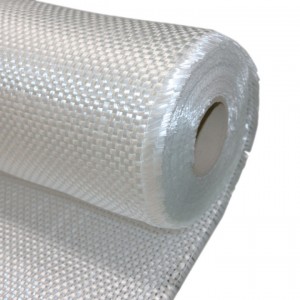
Mechanical strength: Fiberglass has a specific resistance greater than steel. So, it is used to make high-performance
Electrical characteristics: Fiberglass is a good electrical insulator even at low thickness.
Incombustibility: Since fiberglass is a mineral material, it is naturally incombustible. It does not propagate or support a flame. It does not emit smoke or toxic products when exposed to heat.
Dimensional stability: Fiberglass is not sensitive to variations in temperature and hygrometry. It has a low coefficient of linear expansion.
Compatibility with organic matrices: Fiberglass can have varying sizes and has the ability to combine with many synthetic resins and certain mineral matrices like cement.
Non-rotting: Fiberglass does not rot and remains unaffected by the action of rodents and insects.
Thermal conductivity: Fiberglass has low thermal conductivity making it highly useful in the building industry.
Dielectric permeability: This property of fiberglass makes it suitable for electromagnetic windows.
How is Fiberglass Created?
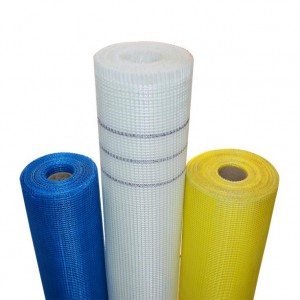
There are two kinds of fiberglass production process: two forming crucible drawing method and one forming tank drawing method.
The process of crucible wire drawing is various. Firstly, the glass raw material is melted into glass ball at high temperature, then the glass ball is melted twice, and then the glass fiber precursor is made by high-speed wire drawing. This process has many disadvantages, such as high energy consumption, unstable molding process, low labor productivity and so on.
The raw materials, such as pyrophyllite, are melted into glass solution in the furnace by tank furnace drawing method. After removing bubbles, they are transported to the porous bushing through the channel, and then the glass fiber precursor is drawn at high speed. The kiln can be connected with hundreds of bushing plates through multiple channels for simultaneous production. This process is simple, energy-saving, stable molding, high-efficiency and high-yield. It is convenient for large-scale automatic production. It has become the international mainstream production process. The glass fiber produced by this process accounts for more than 90% of the global output.
Types of fiberglass
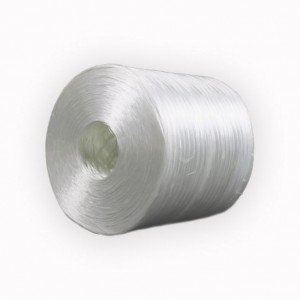
1.Fiberglass roving
Untwisted rovings are bundled from parallel strands or parallel monofilaments. According to the glass composition, roving can be divided into: alkali-free glass roving and medium-alkali glass roving. The diameter of glass fibers used in the production of glass rovings ranges from 12 to 23 μm. The number of rovings ranges from 150 to 9600 (tex). Untwisted rovings can be directly used in some composite material forming methods, such as winding and pultrusion processes, because of their uniform tension, they can also be woven into untwisted roving fabrics, and in some applications, untwisted rovings are further chopped.
2.Fiberglass cloth
Fiberglass woven roving cloth is a non-twisted roving plain weave fabric, which is an important base material for hand-laid glass fiber reinforced plastic. The strength of the fiberglass cloth is mainly in the warp and weft direction of the fabric. For occasions requiring high warp or weft strength, it can also be woven into a unidirectional cloth, which can arrange more rovings in the warp or weft direction.
3.Fiberglass chopped strand mat
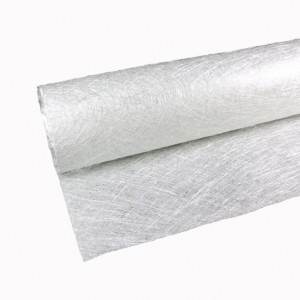
Chopped strand mat or CSM is a form of reinforcement used in fiberglass. It consists of glass fibers laid randomly across each other and held together by a binder.
It is typically processed using the hand lay-up technique, where sheets of material are placed on a mold and brushed with resin. Because the binder dissolves in resin, the material easily conforms to different shapes when wetted out. After the resin cures, the hardened product can be taken from the mold and finished.
4.Fiberglass chopped strands
Chopped strands is cut from fiberglass roving, treated by silane-based coupling agent and special sizing formula, has good compatibility and dispersion with PP PA. With good strand integrity and flowability. Finished products have excellent physical and mechanical properties and surface appearance .The monthly output is 5,000 tons, and the production can be adjusted according to the order quantity. Has passed the EU CE certification, Products comply with ROHS standard.
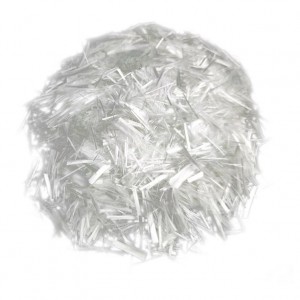
Conclusion
Learn why, in a world of harmful hazards, fiberglass is the appropriate option to help safeguard your environment and the health for future generations. Ruiting Technology Hebei Co.,Ltd is a well-known glassware producer. Contact us for more information about fiberglass items, or better yet, place an order with us.
Post time: Apr-28-2022
